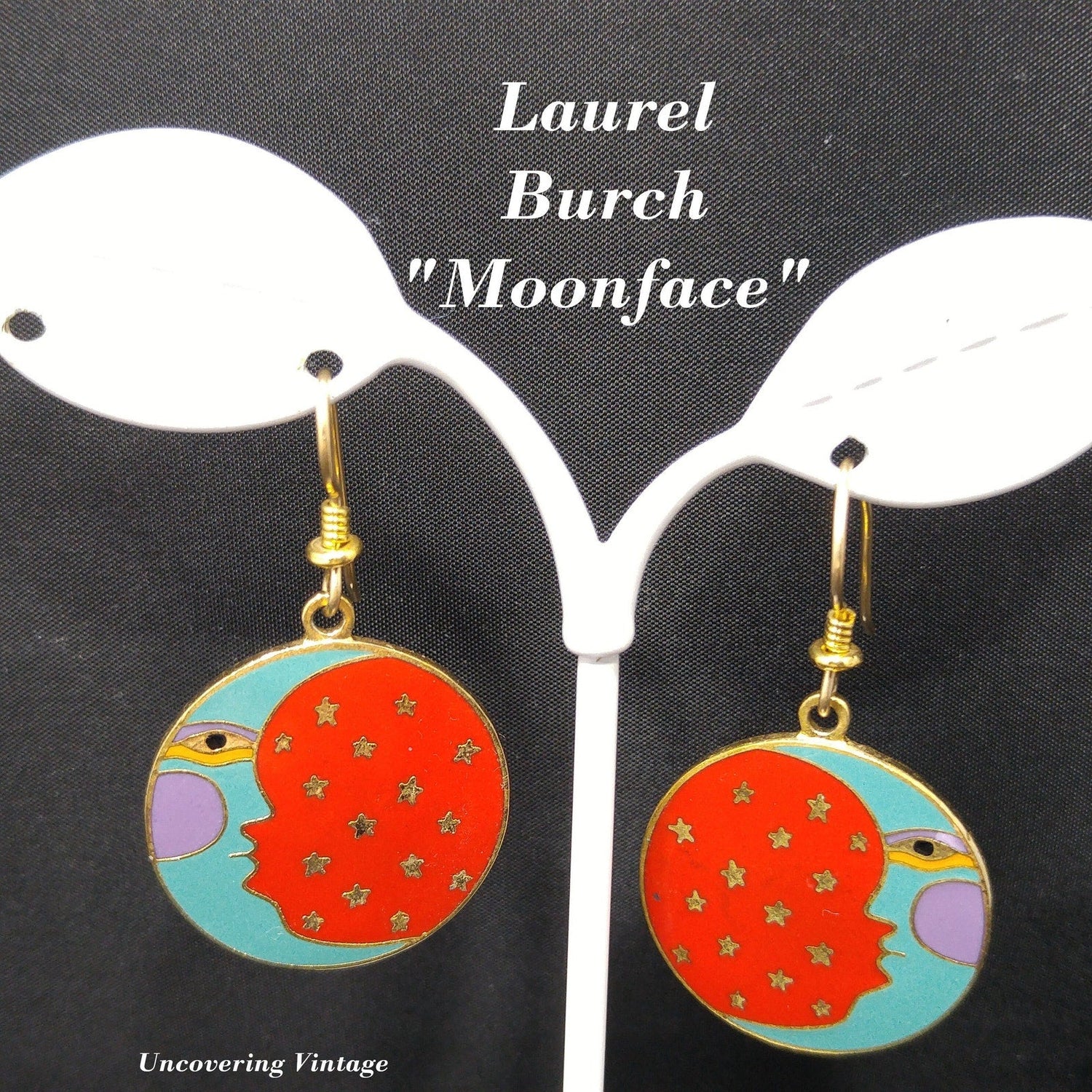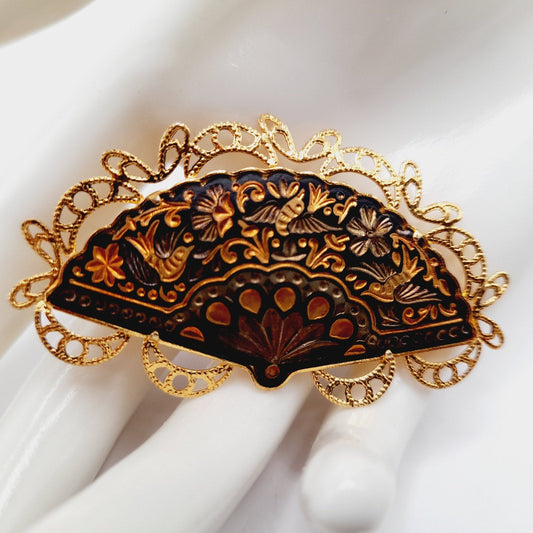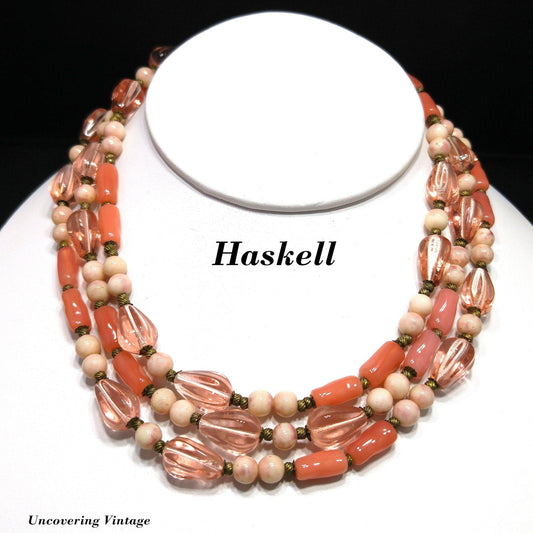All Collections
-

New Arrivals
Discover our latest vintage jewelry finds! These beautiful pieces have just been...
-

Vintage Signed Bracelets
Collection of vintage costume jewelry; signed vintage bracelets.
-

Vintage Signed Earrings
Collection of vintage costume jewelry; signed vintage earrings.
-

Vintage Signed Necklaces
Collection of vintage costume jewelry; signed vintage necklaces.
-

Vintage Signed Jewelry Sets
Collection of vintage costume jewelry; signed vintage jewelry sets.
-

Vintage Unsigned Bracelets
Collection of vintage costume jewelry; un-signed vintage bracelets.
-

Vintage Unsigned Brooches
Collection of vintage costume jewelry; un-signed vintage brooches.
-

Vintage Unsigned Earrings
Collection of vintage costume jewelry; un-signed vintage earrings.
-

Vintage Unsigned Necklaces
Collection of vintage costume jewelry; un-signed vintage necklaces.
-

Vintage Unsigned Jewelry Sets
Collection of vintage costume jewelry; un-signed vintage jewelry sets.
-

Laurel Burch Vintage Jewelry
Discover rare vintage Laurel Burch jewelry — artistic collector favorites featuring her...
-

All Other Vintage Jewelry & Accessories
This collection is an assortment of other vintage jewelry items.

Shop Owners
We are a mother daughter team based in Central Florida. Jen spent years as a teacher and Ida spent years at NASA. After retiring, we followed our shared love of vintage jewelry and built a business that celebrates the designers, materials, and style moments that shaped each decade.
Our journey started in 2018 with a small Etsy shop. Since then, we have grown to offer curated pieces on eBay, Poshmark, and now our own home here at UncoveringVintage.com. Every item we offer is hand selected, researched, and packaged with care.
Thank you for visiting and supporting small business. It means more than you know.
With gratitude
Jen and Ida
Blog posts
View all-

The Golden Threads of History: Damascene and To...
Imagine holding a piece of jewelry that carries within its intricate patterns the whispers of ancient craftsmen, the echoes of medieval trade routes, and the artistry of civilizations that flourished...
The Golden Threads of History: Damascene and To...
Imagine holding a piece of jewelry that carries within its intricate patterns the whispers of ancient craftsmen, the echoes of medieval trade routes, and the artistry of civilizations that flourished...
-

The Enduring Legacy of Miriam Haskell: A Journe...
In the glittering world of vintage costume jewelry, few names command as much respect and admiration as Miriam Haskell. From her humble beginnings in Indiana to becoming one of the...
The Enduring Legacy of Miriam Haskell: A Journe...
In the glittering world of vintage costume jewelry, few names command as much respect and admiration as Miriam Haskell. From her humble beginnings in Indiana to becoming one of the...
-

Love in Gold: The Romantic Story of Sweetheart ...
In the golden age of American jewelry, few pieces carried as much emotional weight as the delicate expansion bracelets known today as "Sweetheart bracelets." These charming accessories tell a story...
Love in Gold: The Romantic Story of Sweetheart ...
In the golden age of American jewelry, few pieces carried as much emotional weight as the delicate expansion bracelets known today as "Sweetheart bracelets." These charming accessories tell a story...
Let customers speak for us
from 670 reviewsWhat a fantastic vintage piece at a reasonable price! The ring is in great vintage condition as well. I also love the intricate craftsmanship of the micro-mosaic, and the artistry of decorative skulls (top halves only, ending at the nose) bordering the circumference of the ring. So creative and beautifully done. Lucky to have found this “vintage find!”

I love these beads, the subtle colours and the delicate pattern. I didn't realize they had some kind of coating over the porcelain, but they are still beautiful. Thank you.
It is a beautiful piece, was delivered quickly and in beautiful packaging but unfortunately the fit didn’t work for me so I had to reluctantly return.
Great experience, seller was very responsive.
The brooch is beautiful and is the perfect gift for my best friend.
These beautiful earrings were a replacement for a pair I lost while traveling. I was anguished, as they were deeply meaningful. Thanks so much to Fran, a former employee at Laurel Burch, for sending me the Etsy link…and thanks to Etsy for having them. The quality of all the items I have found at Etsy has always been superb.
This necklace was exactly what was described. I can't was to wear it out somewhere special.
Beautiful earrings! Great sparkle and shine. Very lovely and unique. So happy with purchase.
Super-fast shipping and packaging was great! Love this necklace and a great addition to my collection.
I am beyond excited to gift this to a wonderful friend with pictures of her two favorite kiddos inside. The clasp works great; the quality and color are stunning. Thank you.
My beautiful Hobe bracelet arrived very quickly, was beautifully packaged and exceeded my expectations. The description and pictures were helpful in making my decision.
An absolutely incredible bracelet! The seller is very kind and reached out as thank you. It came wrapped in bubble wrap and the packaging was such a pretty touch. Thanks for a wonderful find!
Encantada ,excelente presentación ,es hermosa, muchas gracias.















